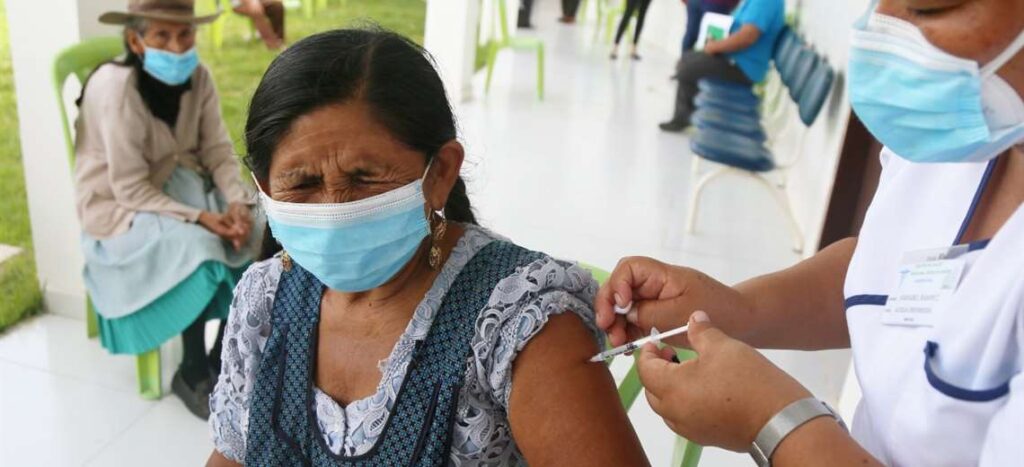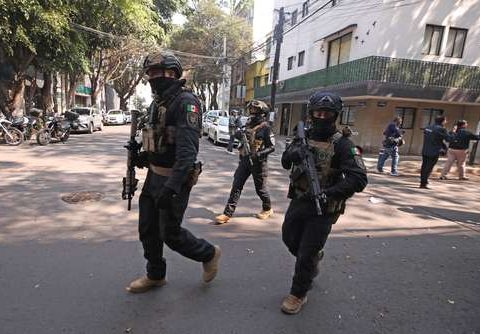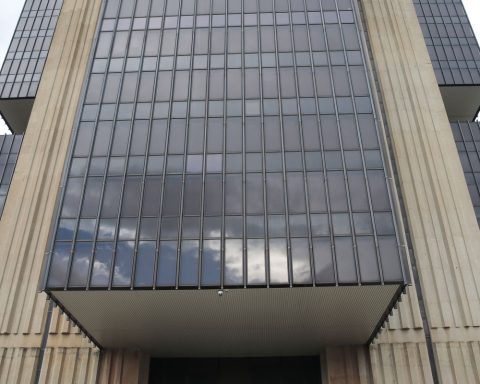The weather specialists they do not finish agreeing on the continuity or not of “La Niña”since while from the Rosario Stock Exchange they warn that a new phase of the current phenomenon may be registered in June or July, from the Córdoba Stock Exchange they maintain that the greatest prospects show that the climate in the region will enter a “neutral” phase for which another series of factors would be those that are going to be influencing precipitation and temperature.
“For now, nothing indicates that we are entering a new Niña phase”told Télam Jorge Ruiz, a meteorologist from the Cordoba Stock Exchange
Conversely, In the last weekly report for the Core Region, from the Rosario Stock Exchange they warned that “La Niña could continue in the winter of the southern hemisphere with a 53% probability”based on forecasts reported by the international entity of the National Oceanic and Atmospheric Administration (NOAA).
Ruiz said that for the months of May-June it is projected “that we are going through a neutral phase, which is expected to prevail at least until the end of the year.”
“For now, nothing indicates that we are entering a new Niña phase,” assured the specialist, explaining that there is a high probability that conditions will be neutral, because while “the probability that the last quarter of the year will close with a neutral event is around 45%, that of us having a Niña event is around 30%”, so another series of factors would be the ones that are going to be influencing rainfall and temperature in the coming months.
Likewise, he argued that a Niño-Southern Oscillation phase “is ruled out for now and there are no reasons to think of a new Niña cycle for now”, although “the weather is quite changeable and we have to continue monitoring, but starting in June we are going to enter a neutral phase”he claimed.
In that sense, Ruiz explained that for the next campaign, they hope that “the beginning will have more neutral conditions in the climate, and this does not mean that we are going to have normal rainfall, but rather that we are probably entering a neutral phrase towards the end of May. , June”, and “according to the models the rainfall will be below normal in June, July and August”, he pointed out.
In relation to the situation in the province of Córdoba, he specified that “water reserves are currently quite good, they are not limiting, but it is important to note that there are areas of Córdoba that looking back are very bad, such as the Department of San Justo where the last months it has rained very little and the crops have been in situations of hydric stress”.
“In the Pampas region, with respect to a dry climate, studies infer that climate change is going to affect it in such a way that it can rain above normal in some areas: for example, in the last 20 years it has rained more in the northeastern area of Córdoba, and a large part of northern Córdoba, and that is why it is possible to grow crops, such as chickpeas, that were not possible in that area before,” he stated. .
In addition, he warned that “what climate change does is make extreme events, such as floods or droughts, more frequent and severewith longer periods with a deficit of rain and then with a lot of rain, and for example, in Córdoba this impact is observed, there are localities that have isolated events of very severe storms and then a lot of time goes by without it raining”.
Meanwhile, specialists from the Strategic Guide for Agriculture (GEA) of the Rosario Stock Exchange, explained that the latest report from the international entity of the National Oceanic and Atmospheric Administration (NOAA), states that “La Niña could continue into the winter of the southern hemisphere with a 53% probability”.
“The probability that later the transition will be towards a Niña, which would be the third in a row, also increased,” they affirmed and detailed that it is also expected “the advance of two frontal systems in the next seven days that will cause conditions of instability and these developments of rains and storms of varying intensity.
In this line, the GEA consultant, Alfredo Elorriaga, affirmed that “the Niña would continue in the winter of the southern hemisphere, with which Argentina is facing the gates of a third consecutive Niña”.
“What the latest NOAA release shows It is very bad news for Argentina: the worst climate scenario is beginning to show certain signs that it may become a reality, and something like this has not happened for 20 years”, said the specialist and contextualized that already “in August 2021 we warned of the second consecutive Nina that is now in the process of continuing, and the problem with these scenarios is that a lack of water worsens month after month”.
In addition, he explained that “with drops in yields ranging from 10 to 50%, progress in the harvest does not show significant improvements in results, and at the moment progress has been made by 50% and there is still a lot of work ahead.”
Nevertheless, “yield expectations did not change much: in Bigand and San Pedro they expect half of the production of a normal year (between 40 and 45 qq/ha respectively); Marcos Juárez estimates a 30% yield loss; in Carlos Pellegrini the expectations are only 10% lower and they expect an average of 100 qq/ha; and towards the northwest of Buenos Aires, where the precipitations presented a better distribution and frequency in the cycle, they estimate from 85 to 90 qq/ha”, the Rosario stock market entity pointed out.
In the case of corn, they pointed out that “just like the early ones, the late corns also show production losses. However, it is expected that you yield better than the early ones or that they at least equal them in many towns in the core zone”.
In the case of the soybean harvest, they confirmed that the first batches of the oilseed began to be harvested last week, and that “3% of harvested batches yield lower yields than expected for a normal year from the climatic point of view.” .
“This campaign was marked by the difference in rainfall: the sectors that received good millimeters celebrate, but in the rest, producers will have to face very serious financial consequences and may be left out of the next cycle” concluded Elorriaga.

















